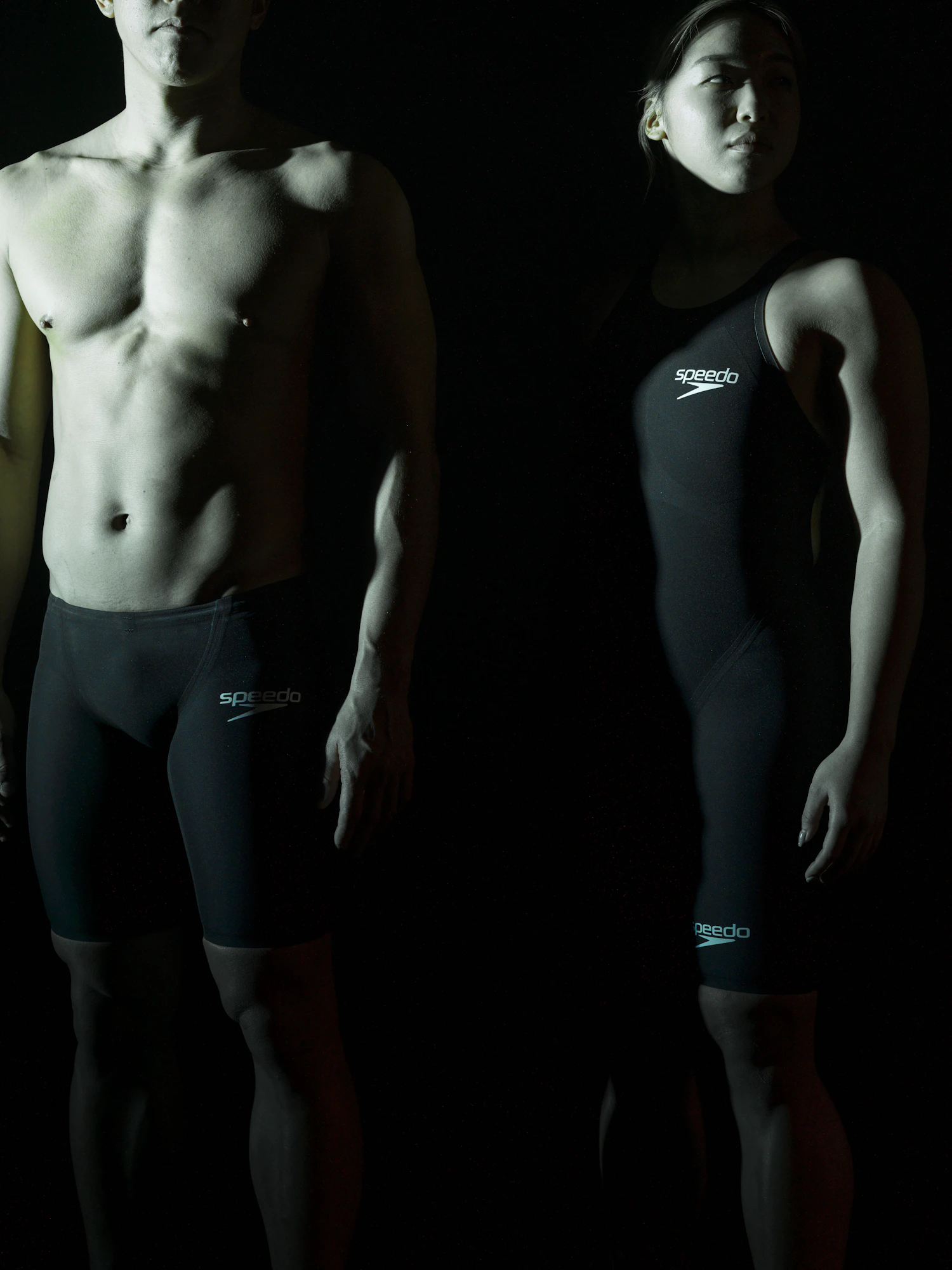12.29MON
2024.04.16
Introducing the New 'Speedo' Swimwear for the Paris Olympic Year

Born in Australia in 1928, the swimwear manufacturer 'Speedo' that has made its name known worldwide. Their competitive swimwear is particularly famous, worn by many top swimmers around the globe. This year, in line with the Paris Olympic year, the brand announced a new competitive swimsuit. We asked Hideyuki Nishikawa, the head of the speedo division at Goldwin, to explain the full story.
The Oldest Swimwear Brand Born in Australia
The international swimwear manufacturer 'Speedo', currently based in the UK, began with the release of the classic fit swimsuit 'Racerback' by founder Alexander MacRae in 1928. Nishikawa talks about the history of the brand:'"Speedo' is the oldest competitive swimwear manufacturer, celebrating its 100th anniversary in 2028, the next Olympic year. At the core of the brand is the belief in creating the fastest swimwear possible. A recent memorable moment would be the launch of the 'LZR Racer®' in 2007, looking ahead to our 80th anniversary."
CONCEPT VIDEO
"fashion tech news" Unveils New Logo & Concept Video
TOP ARTICLES
RELATED ARTICLES
CONCEPT VIDEO
"fashion tech news" Unveils New Logo & Concept Video
CONTACT
If you have any questions or enquiries, please enter your details in the form below.
















.png?w=400&fm=webp)

